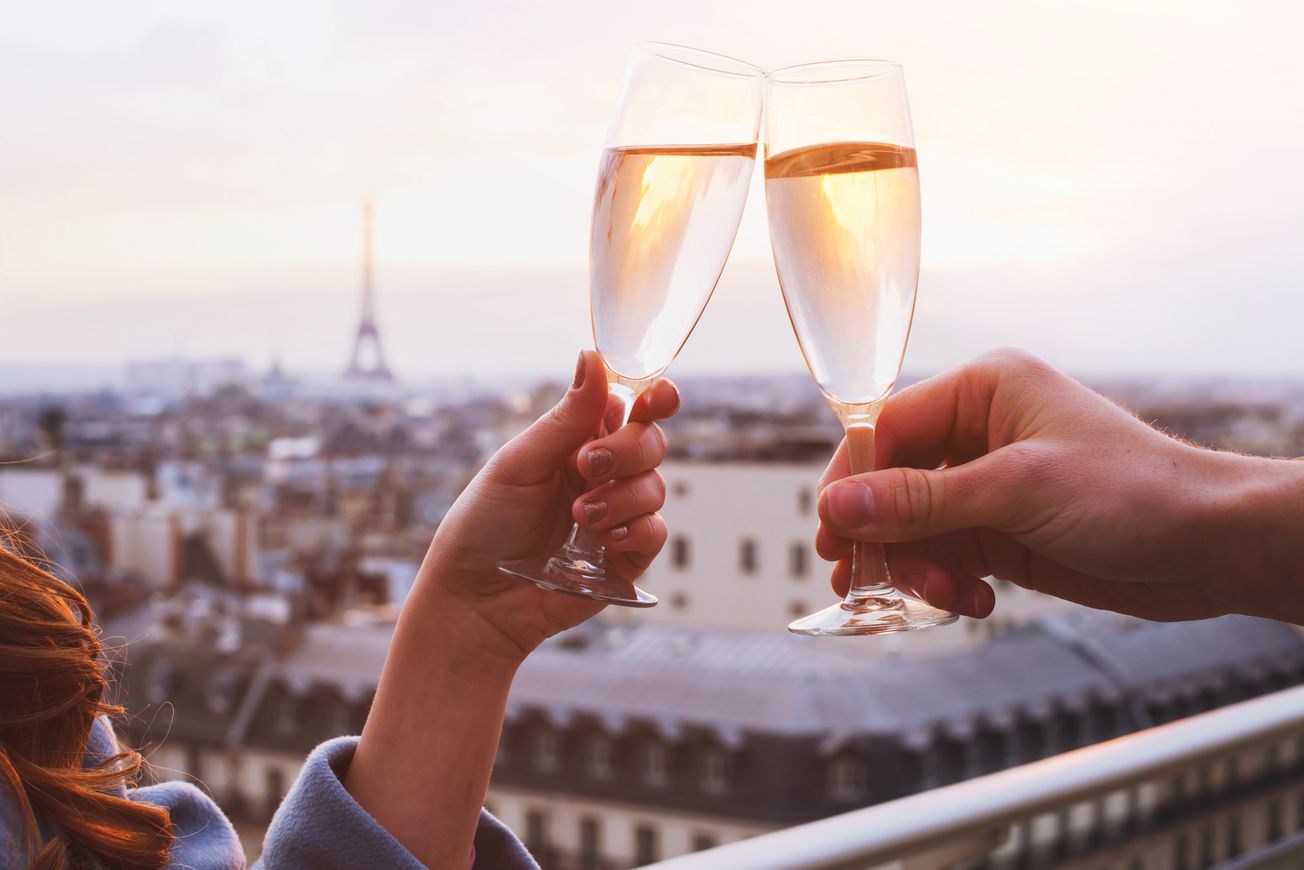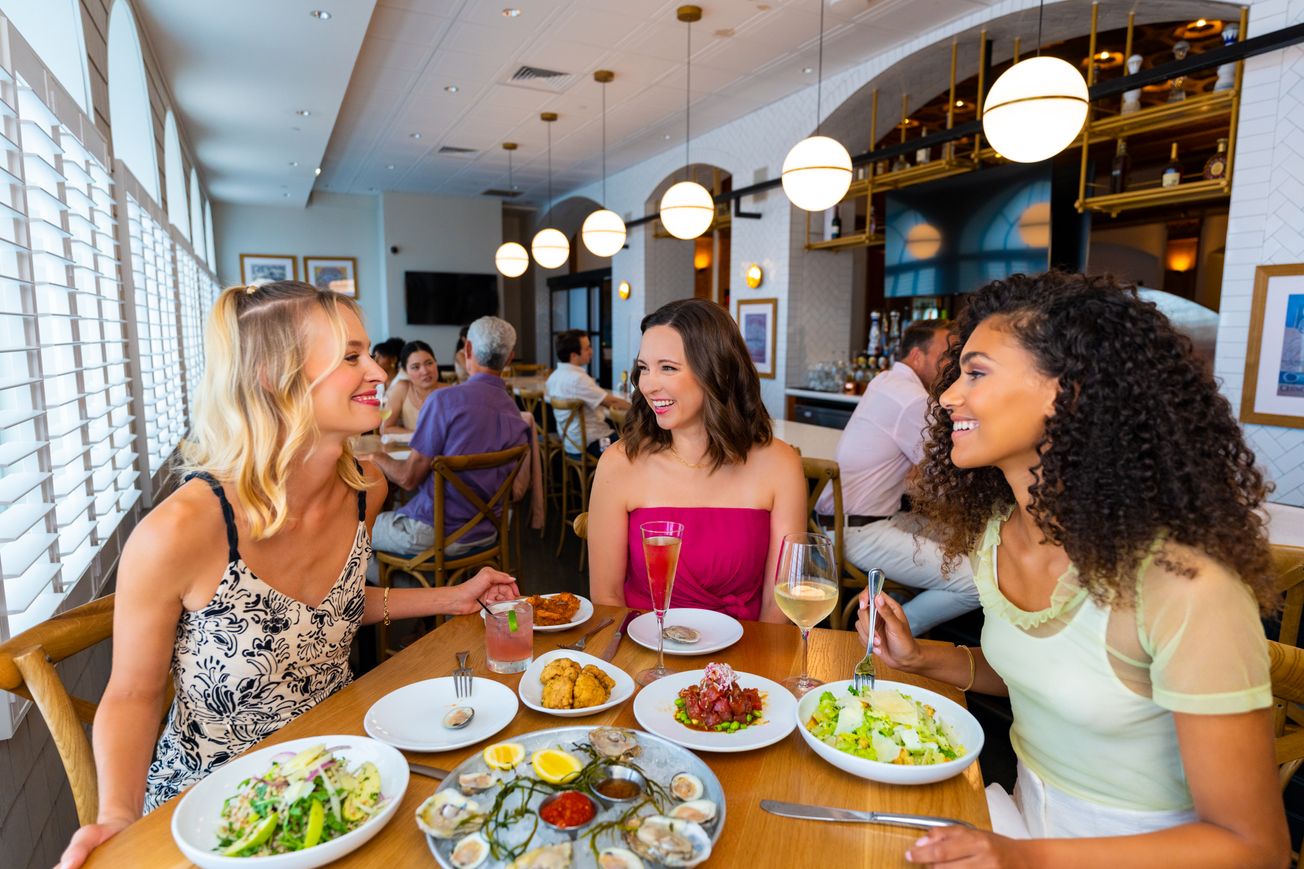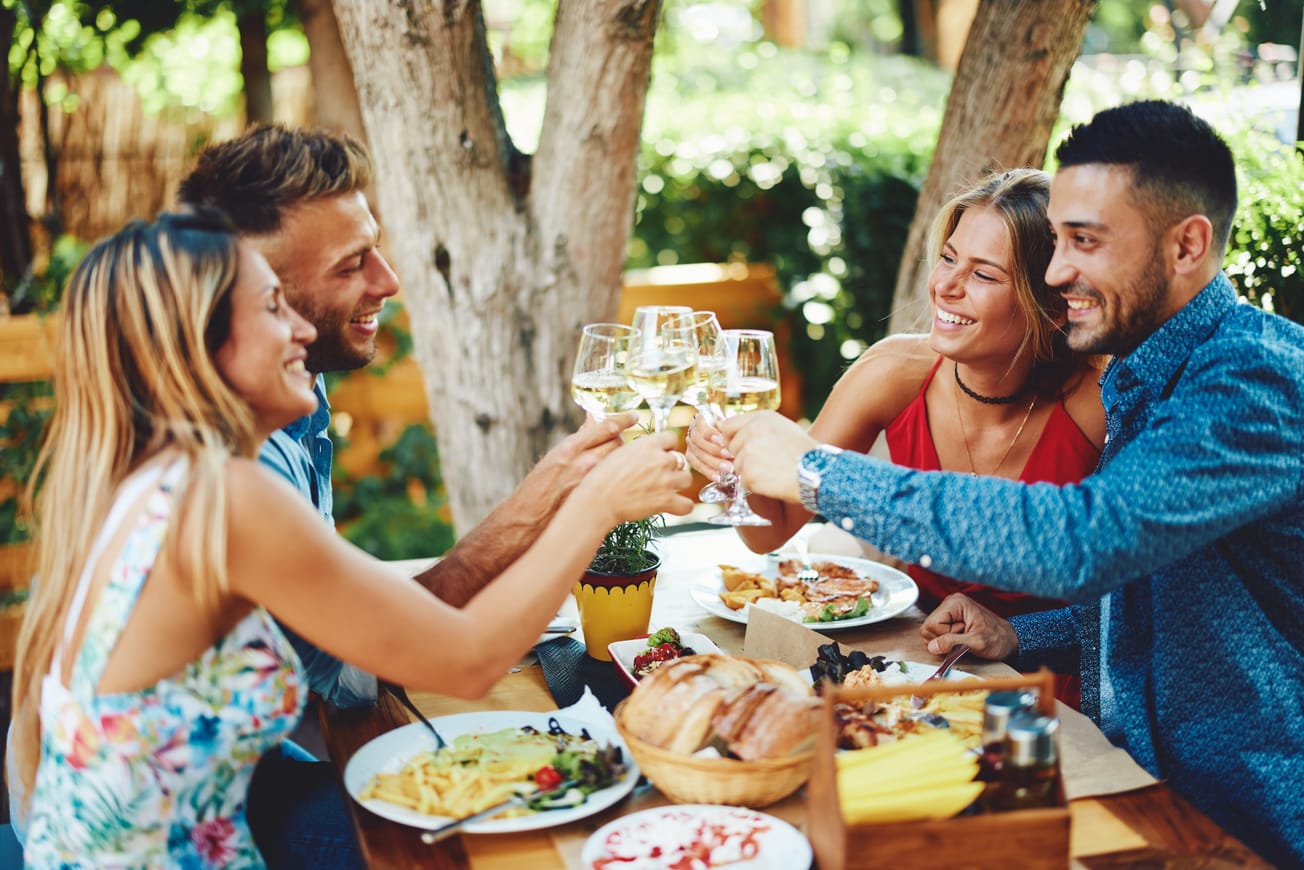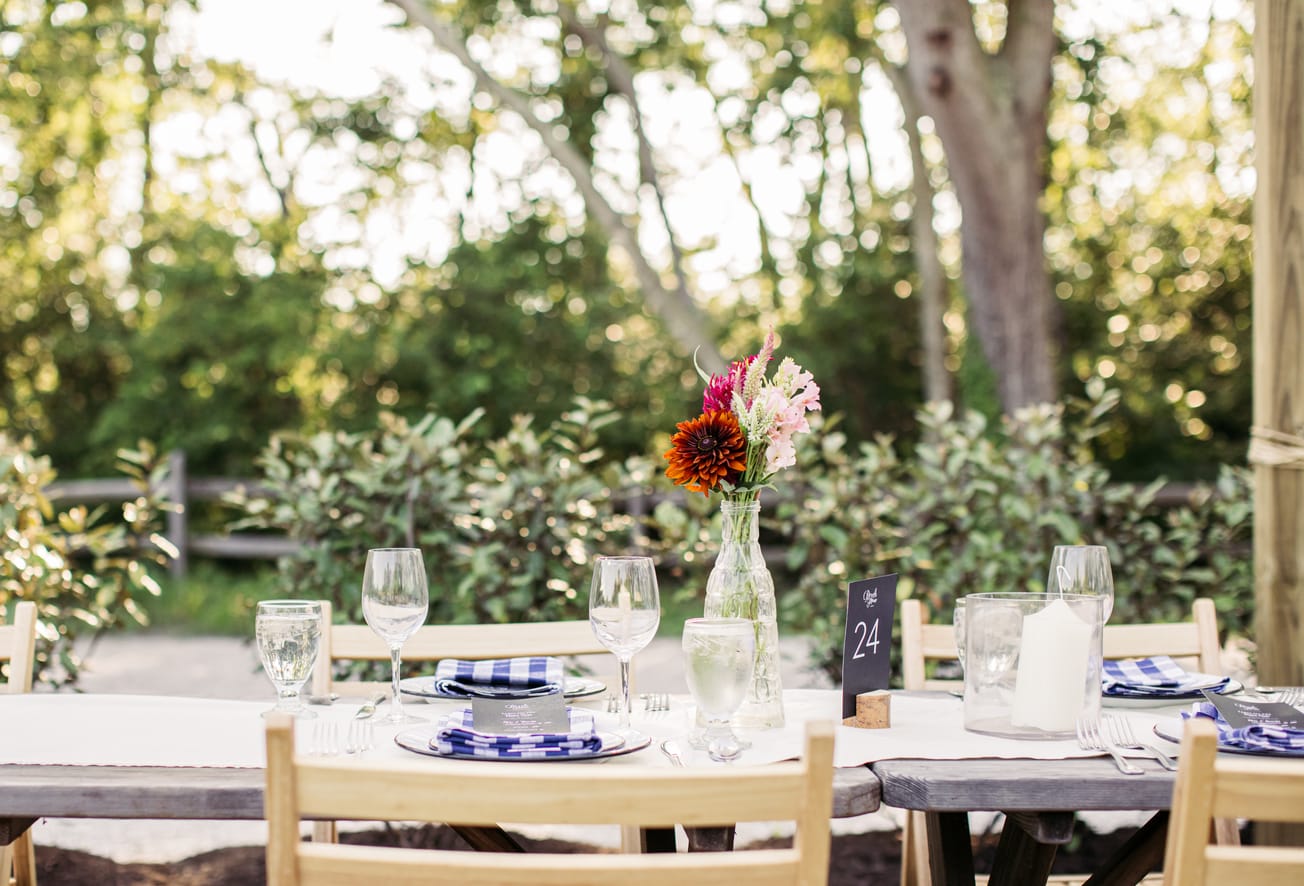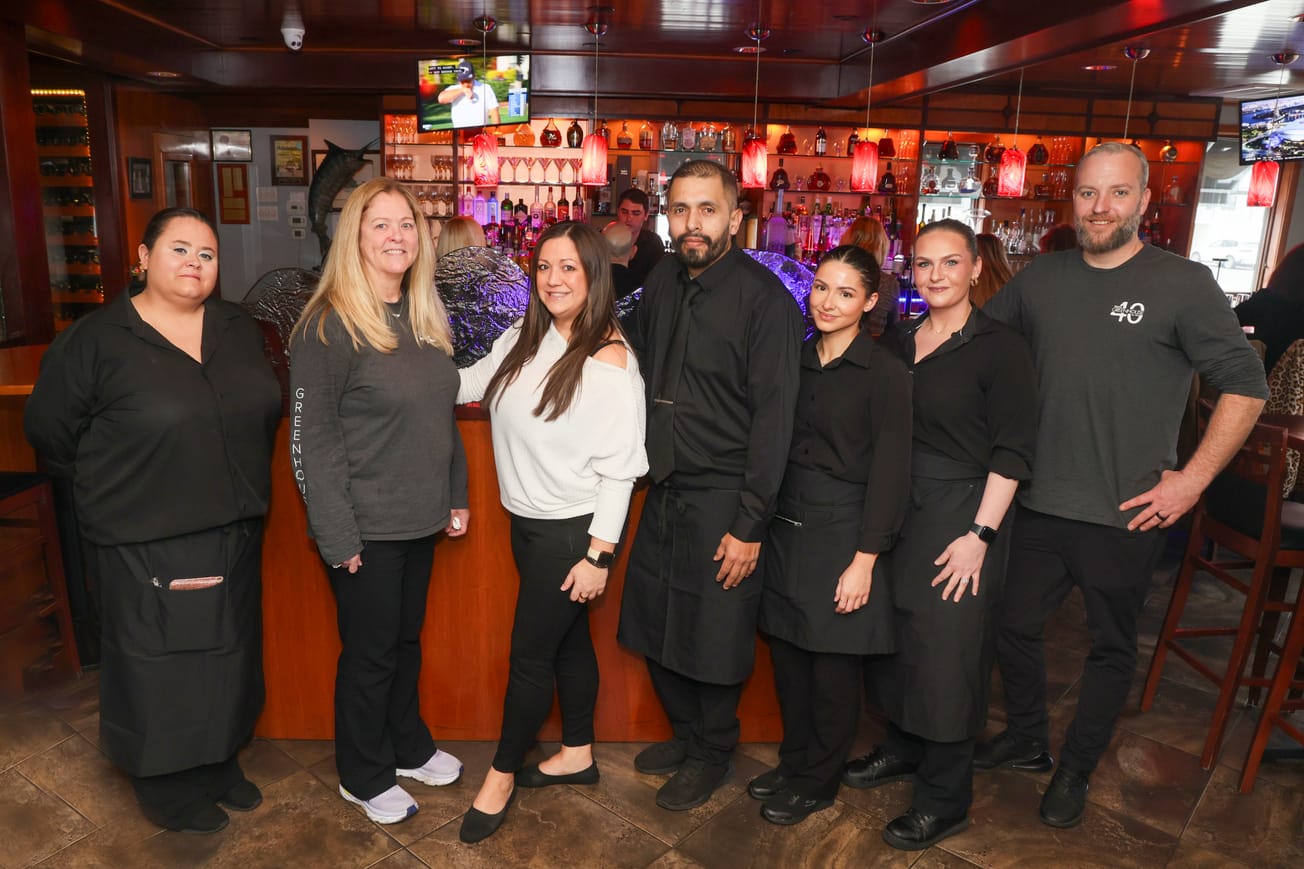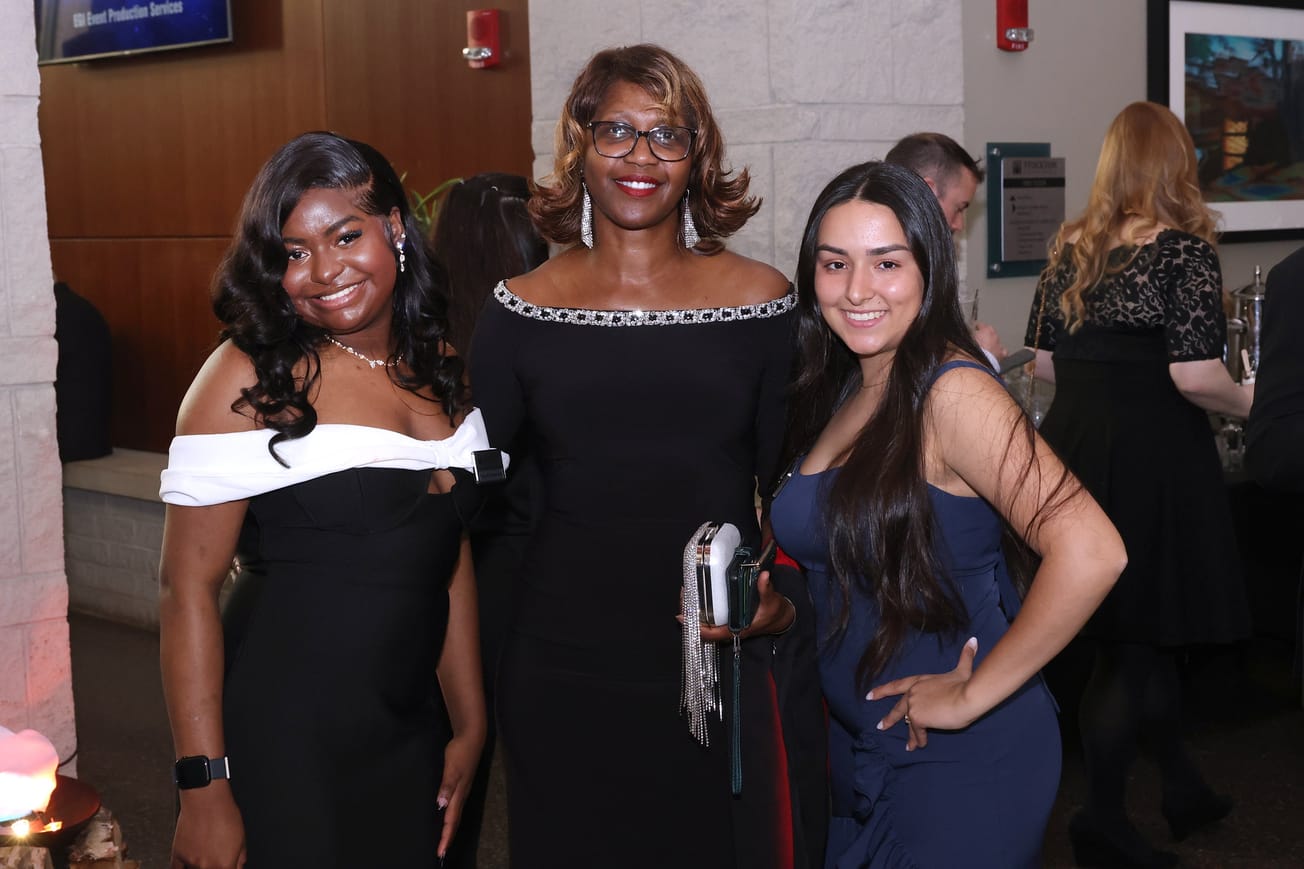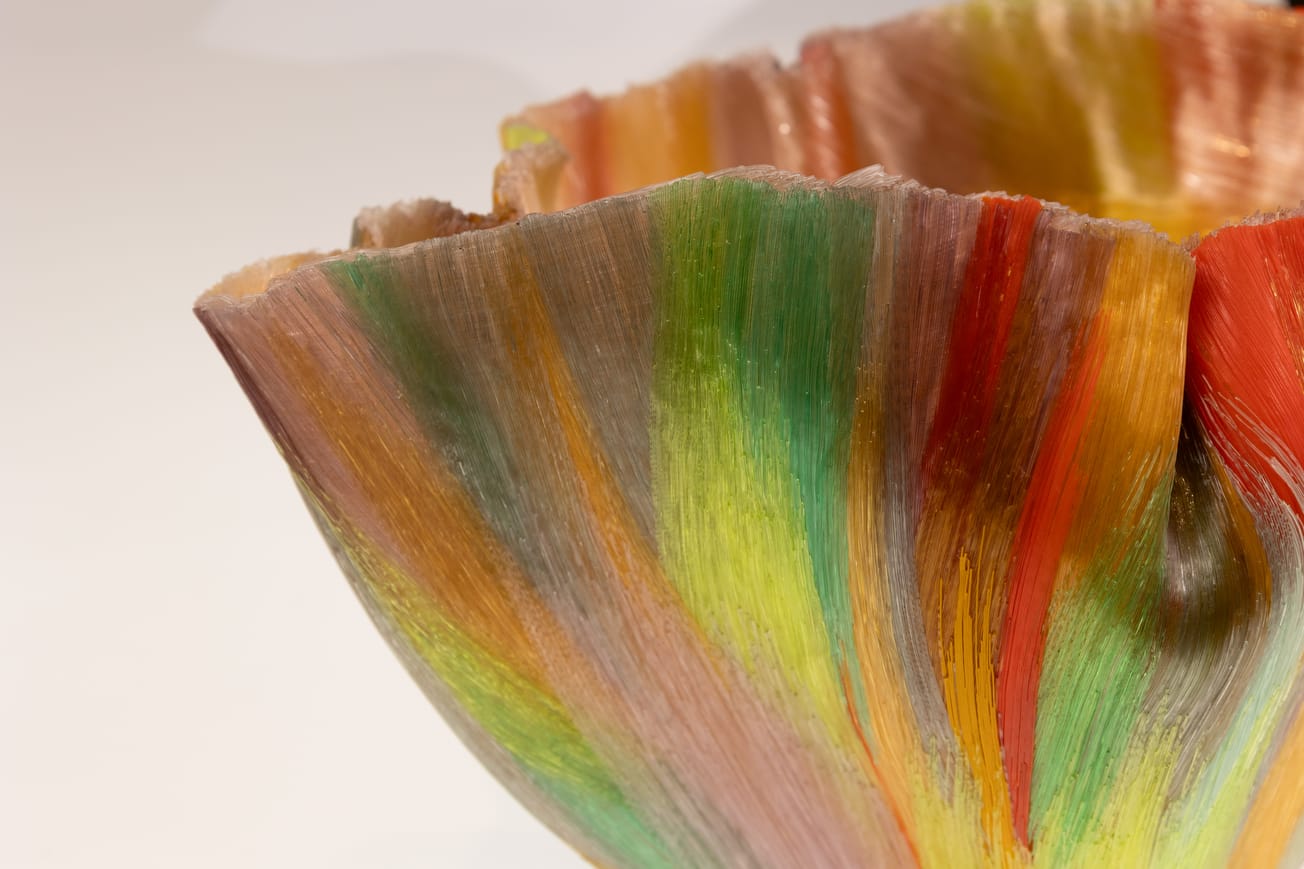Memorial Day Weekend is upon us, and I’m excited to raise a glass to the start of another wonderful summer at the southern New Jersey shore. This Wine Q+A focuses on a wide spectrum of topics, from sparkling wine to reds, to food pairings. While we often consider wine in terms of seasons and celebrations (for example, rosé in the spring, red in the winter, and bubbly for special occasions), there are no real rules surrounding when you can enjoy certain types of wine. The main factor is finding what you like, and allowing yourself to explore it.
Email me your wine-related questions at, Michael@passionvines.com and I will use this column to provide answers, and hopefully some helpful tips and insight.
Q: Mary B. from Brigantine asks, “I see most wines have vintage, but not most sparkling wines. Why?”
Hi Mary! This is a great question. Vintage is arguably one of the most important factors in the winemaking process. The year printed on wine labels refers to the year in which the grapes in the bottle were harvested, and the climate of the growing season greatly impacts the finished wine. Years with varying temperatures, levels of rainfall, and other noteworthy weather events can lead to vast changes in wines of different vintages. Vintage variation is part of what makes wine exploration so fun, as each bottle provides evidence of weather and soil activity during its particular harvest season.
Certain categories of wine – including sparklers like Champagne and Prosecco – will not typically carry a vintage date on their labels. We refer to these wines as “non-vintage,” or “NV.” It is a longstanding practice in sparkling wine production to blend juice from different harvest years, which results in non-vintage wines. While vintage variation is a hallmark and expectation of many still (aka non-sparkling) wines, consistency is key when it comes to bubbly. As many regions known for sparkling wine production tend to be cooler (France’s Champagne region has an average annual temperature of only 50 degrees Fahrenheit, for example), climate conditions can create a challenging environment for grapes to grow and ripen. The grapes that persevere are hardy with a strong acidity (vital for sparkling wine), but yields can be unpredictable. Blending vintage years safeguards winemakers from the whims of the climate, and it also allows them to offer a consistently delicious product year after year.
If a region experiences a particularly stellar growing season, winemakers may decide to produce a vintage sparkling wine. These bottles will be more expensive because there are fewer to go around, and they will offer more distinctive and unique flavor profiles.
For an excellent example of NV Champagne, try Nicolas Feuillatte Brut (Champagne, France; on sale for $39). If you’re seeking something even more special, NV Tarlant Rose Zero Brut Nature (Champagne, France; $85) is one of my favorite Champagnes of the moment. For a Champagne flavor profile without the price tag, check out 2019 Caves Naveran Cava Brut (Penedés, Spain; $17). Spanish Cava is made using the same method as Champagne, so you will find similarities between the two. Fun fact, this particular Cava is actually Vegan.
Q: Jack M. from Ventnor asks, “I learned that I like reds with low acid. Can you recommend some?”
Hi Jack! I’m so happy to hear that you enjoyed our Wine Foundations class. For those who are unfamiliar, this is an exercise in which we add several ingredients to a neutral “base wine” in order to identify the main structural components of acidity, tannin, alcohol, and residual sugar. We’ve found this to be an incredibly useful practice in determining the wine flavor profiles that we enjoy, and we’re very grateful that you found it to be helpful, too!
When searching for wines with a lower level of acidity, be mindful of the growing region. In cooler areas, grapes will not overripen and they will maintain a strong structure of acidity. For this reason, I’d recommend avoiding reds from northern Italy (think Barbera and Nebbiolo-based wines like Barolo and Barbaresco) and Pinot Noirs from Oregon and New Zealand. If you focus on warmer growing regions (think Argentina, Australia, and France’s Bordeaux and Rhône regions), you’re likely to find a delicious red that suits your palate. Check out Altos Las Hormigas Malbec 2019 (Mendoza, Argentina; $13), Château Carbonneau Sequoia 2019 (Bordeaux, France; $25), Domaine de l’Obrieu Les Antonins Visan 2018 (Rhône, France; $21), and Brovia Dolcetto d’Alba Vignaville 2020 (Piedmonte, Italy; $24).
Lower-acid red wines pair nicely with a wide range of foods, provided the food is also lower in acidity. Lean meats and grilled vegetables will shine with a low-acid red, while a tomato or citrus-based dish will likely overpower the wine.
Q: Jennifer from Ocean City asks, “I’m hosting a cocktail party, what foods do you recommend I pair with Sauv Blanc?”
For those unfamiliar, Sauvignon Blanc is a green-skinned grape indigenous to France, and it appears in blends and single-varietal wines from many of the world’s best-growing regions. Sauv Blanc pairs beautifully with creamy cheeses like goat cheese and burrata, and its herbal notes make it a good match for meals accented with basil, rosemary, and cilantro. It is also one of the few wines that pair well with vegetable-based dishes, like salads, asparagus, and artichoke. Good luck, Jennifer! Happy to discuss this further via email.
I’ll finish with a question for you. Email me the answer, and I’ll reply with a prize.
Which of the following is considered a noble grape of Italy’s Chianti region?
- Nebbiolo
- Dolcetto
- Sangiovese
- Nero d’Avola
- All of the above
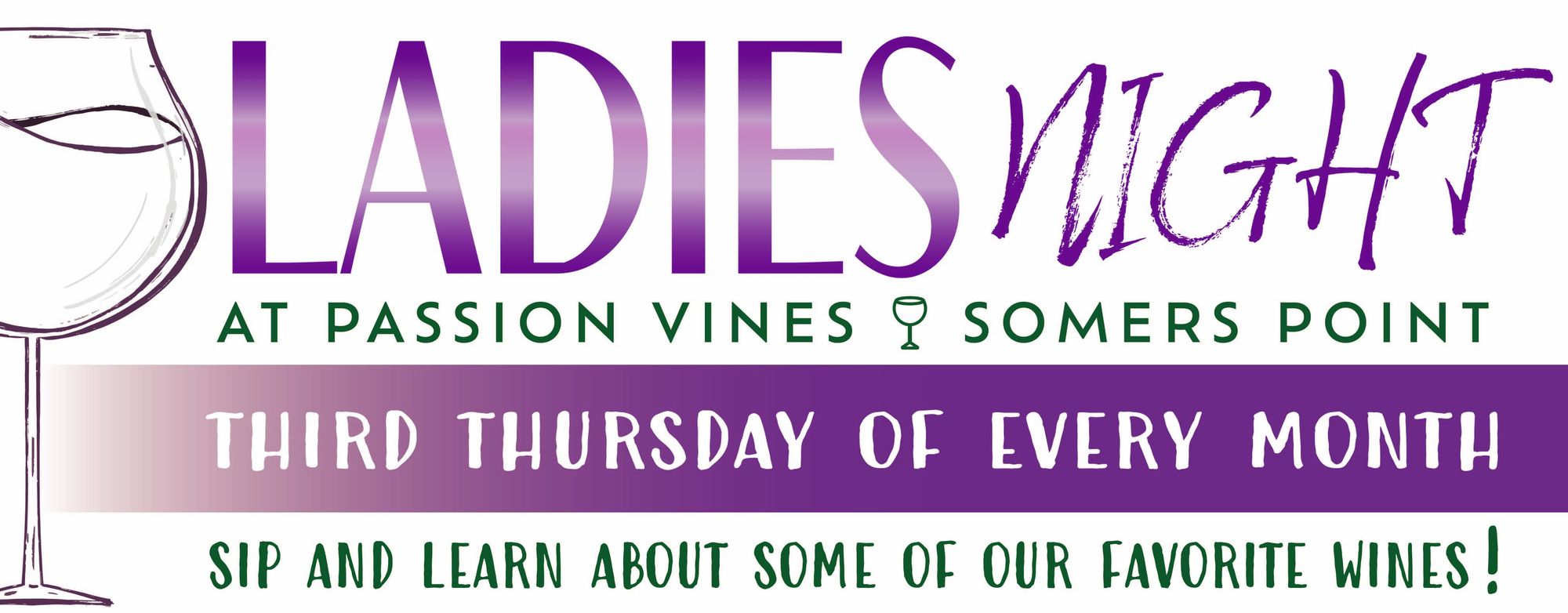
Drink Passionately,
Michael
Michael@passionvines.com

